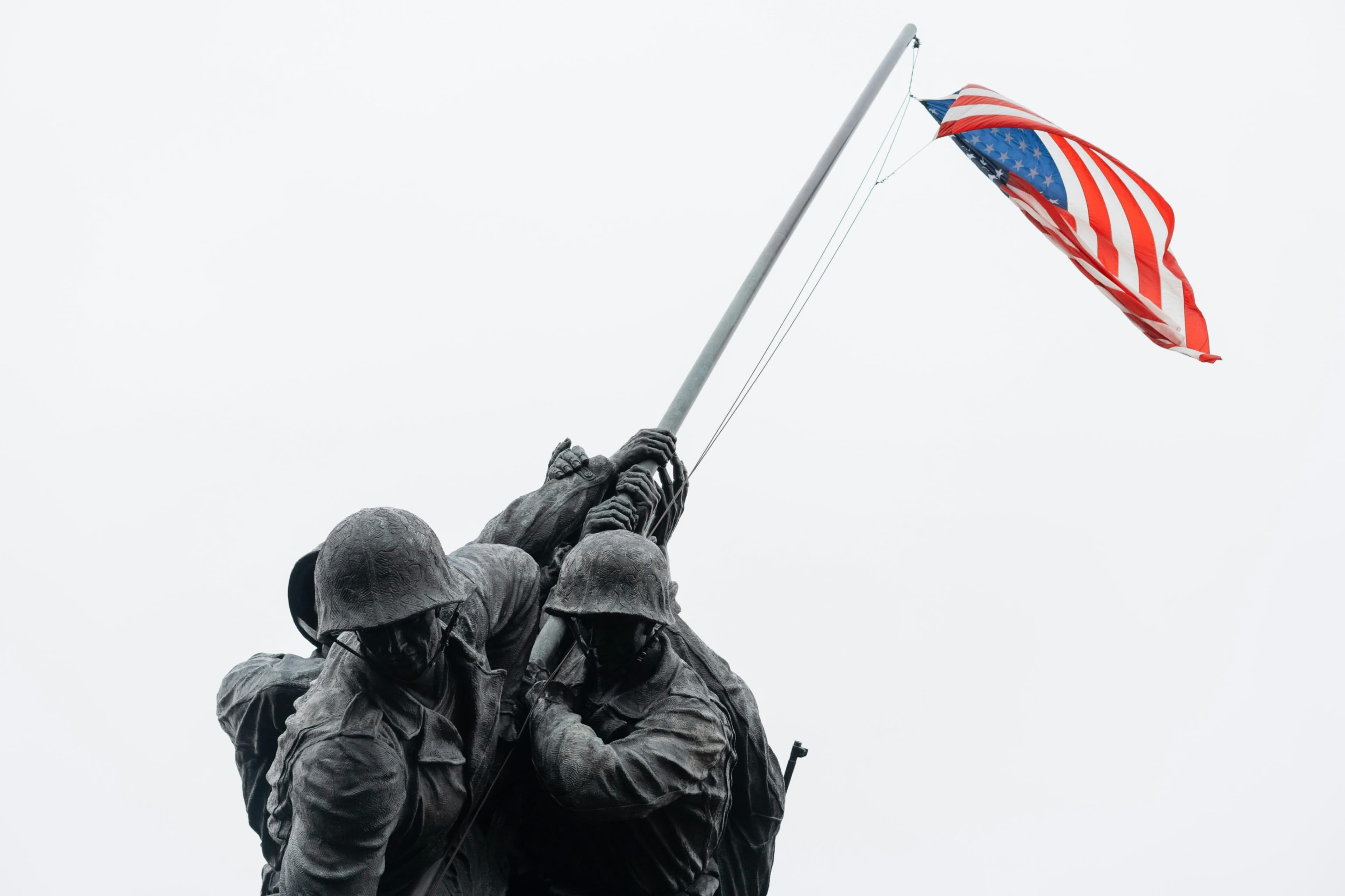
The Next Mission: How Local Governments Can Empower Returning Veterans
The transition from military to civilian life is more than a change in career or location; it is a profound shift in identity, structure, and support systems. Service members live in an environment where camaraderie, chain of command, and mission clarity are constants. When that structure disappears, many veterans find themselves abruptly isolated, without the rituals and routines that once defined their daily lives. This abrupt change often leads to a loss of purpose and community, both of which are closely tied to mental well-being and can contribute to elevated suicide risk.
The statistics underscore the urgency of this issue. According to the U.S. Department of Veterans Affairs, an average of 17 veterans die by suicide each day, a rate significantly higher than that of the general population. Veterans account for approximately 14% of all adult suicide deaths in the United States, even though they represent only about 7% of the adult population. The risk is especially pronounced in the first year after leaving military service, when suicide rates are nearly twice as high as those of active-duty service members or long-separated veterans.
Public policy can play a critical role in softening this transition by creating structured, community-based programs that mimic the cohesion and support veterans were accustomed to. Municipal governments should invest in veteran-specific transition centers that offer not only job placement services, but also peer support, mental health resources, and ongoing mentorship. These centers should be staffed by trained professionals, ideally with military experience, who can connect with veterans authentically. A model for this exists in the Veterans Treatment Court system, which has shown success by using veteran mentors and tailored services to reduce recidivism and improve mental health outcomes for justice-involved veterans1. Programs like these can also serve as early intervention points for identifying veterans in crisis and preventing suicide.
Expanding Access to Mental Health Services at the Local Level
While the U.S. Department of Veterans Affairs (VA) provides mental health services, access remains a challenge due to geographic, bureaucratic, and cultural barriers. Many veterans, particularly those in rural areas, do not live near a VA facility or feel uncomfortable engaging with federal institutions due to past negative experiences or stigma. These barriers can delay or prevent access to critical mental health support, increasing the risk of untreated depression, PTSD, and suicidality. In fact, veterans living in rural areas have suicide rates up to 20% higher than their urban counterparts, highlighting the need for targeted local intervention.
Municipal governments can help close this access gap by partnering with local nonprofits, clinics, and universities to offer culturally competent mental health care tailored to veterans' needs.
One practical step is to incorporate veteran services within existing municipal health departments. Cities like Los Angeles have piloted co-location models where VA social workers are embedded in city-run housing and health services offices2. Expanding these collaborations can reduce the friction veterans experience when navigating multiple bureaucracies. Additionally, municipal budgets should include funding for mental health first aid training for frontline city employees, especially those in libraries, parks, and housing services, who often interact with veterans but lack formal support training3. These employees can serve as crucial gatekeepers in identifying veterans in distress and connecting them to lifesaving resources.
Creating Employment Pipelines for Veterans
Employment is a key factor in successful reintegration and long-term mental health. However, veterans often struggle to translate military roles into civilian job qualifications. Persistent unemployment or underemployment can contribute to financial stress, social isolation, and a sense of diminished self-worth - all of which are risk factors for suicide. According to the VA, unemployed veterans are more than twice as likely to die by suicide compared to those who are employed, emphasizing t
Read-Only
$3.99/month
- ✓ Unlimited article access
- ✓ Profile setup & commenting
- ✓ Newsletter
Essential
$6.99/month
- ✓ All Read-Only features
- ✓ Connect with subscribers
- ✓ Private messaging
- ✓ Access to CityGov AI
- ✓ 5 submissions, 2 publications
Premium
$9.99/month
- ✓ All Essential features
- 3 publications
- ✓ Library function access
- ✓ Spotlight feature
- ✓ Expert verification
- ✓ Early access to new features
More from Military
Explore related articles on similar topics





